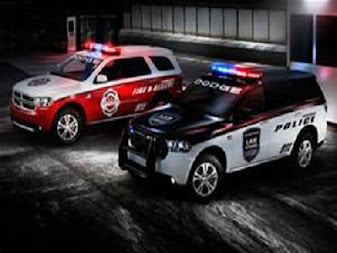Everything You Need to Know about Vehicle’s Engine
Maximum people consider a car as a thing that they fill with gas that moves them from point A to point B. Unless you have already adopted an electric car as your daily driver, you won’t understand the magic of how it comes down to the internal-combustion engine—that thing making noise under the hood. The jeep 3.7 is very reliable.
To make the car move the torque is applied to the wheels. Until you are driving an ancient two-stroke Saab, no matter which brand vehicle you are driving, your engine works on the same basic principles.
Almost today's every internal-combustion engines (to keep it simple, we'll focus on gasoline power plants here) are of the four-stroke variety. There are three other strokes: exhaust, intake and compression, beyond the combustion stroke, which pushes the piston down from the top of the cylinder.
Engines have pistons that move up and down inside metal tubes that are referred as cylinders. For example your legs move up and down to turn the pedals while riding a bicycle. To a crankshaft pistons are connected via rods, and to spin the engine's crankshaft they move up and down, the same way your legs spin the bike's—which powers the drive wheel of a vehicle. There are around two to 12 cylinders typically with a moving piston in the engine of a vehicle, which varies from vehicle to vehicle.
Each and every engine is not created equal. They are available in many shapes and sizes. In a straight line, Maximum automobile engines arrange their cylinders such as an inline-four. In a ‘V’, they combine two inline cylinders banks in a V-8or V-6. By their size, or displacement engines are generally classified, which is the combined volume of an engine's cylinders. You can buy ram 3.7 online.
Thousands of tiny controlled explosions occurring each minute is something that powers those pistons up and down, created by mixing fuel with oxygen and igniting the mixture. Each and every time the fuel ignites it is called the stroke, combustion, or power. In the cylinder the heat and expanding gases from this mini-explosion push the piston down.
Different Types of Engines
Among the internal-combustion engines like jeep 4.7 on the market there are of course exceptions and minute differences. For example, to make a more efficient but less powerful engine Atkinson-cycle engines change the valve timing. Turbo charging and supercharging are grouped under the forced-induction options, pump additional air into the engine that increases the availability of oxygen and thus the amount of fuel that can be burned which will result in more power when you want it and more efficiency when you don't need the power. Diesel engines perform everything without spark plugs. But no matter the engine, as long as it's of the internal-combustion variety, the basics of its working remain the same.




Comments
Post a Comment